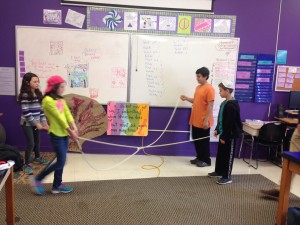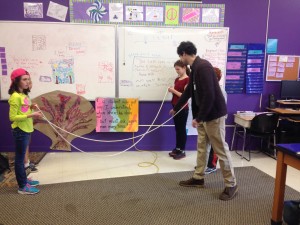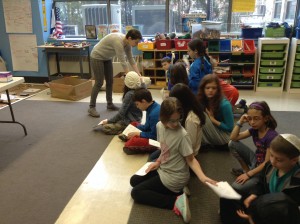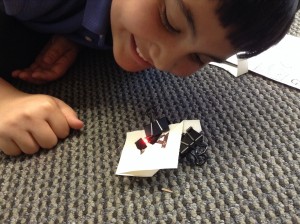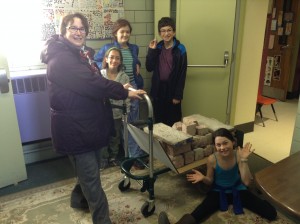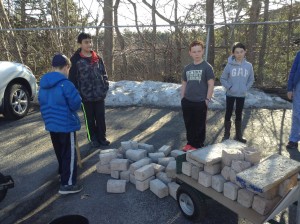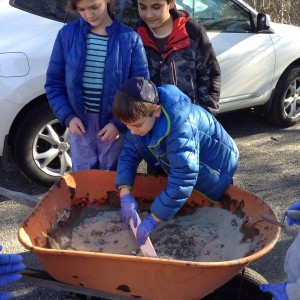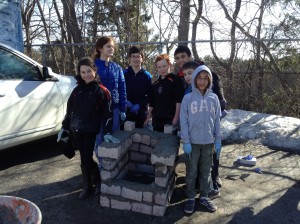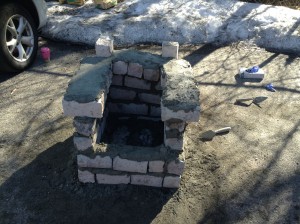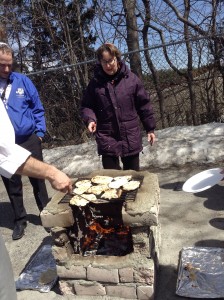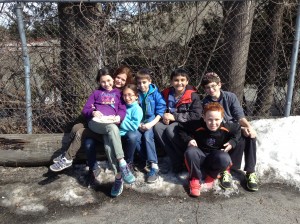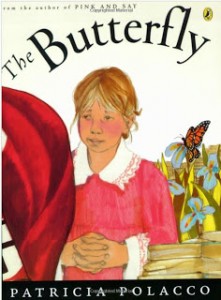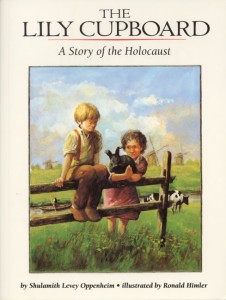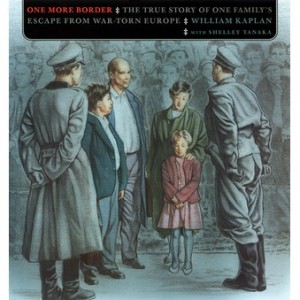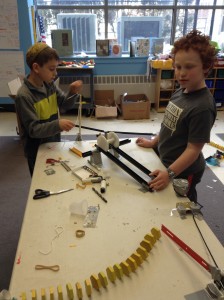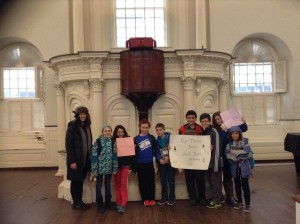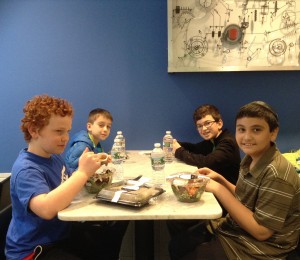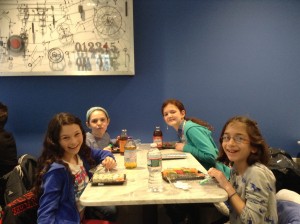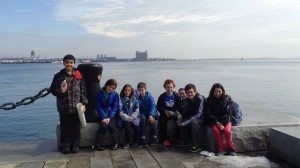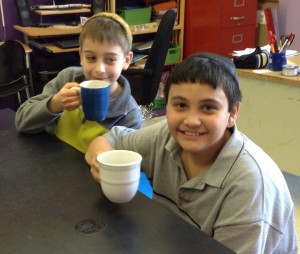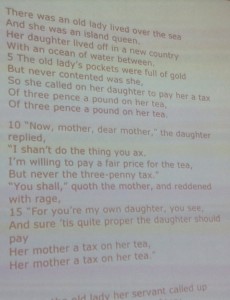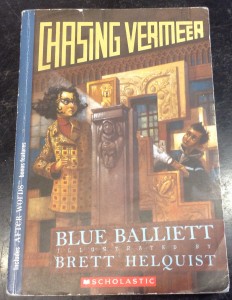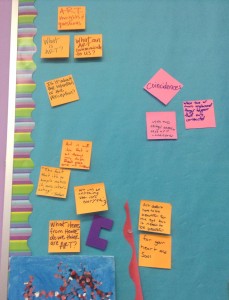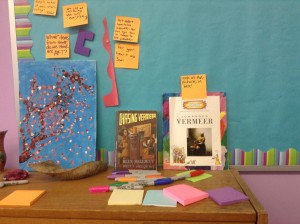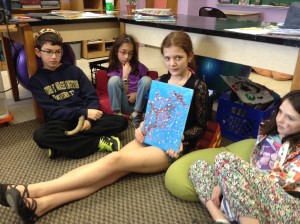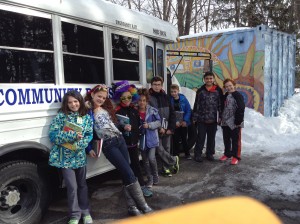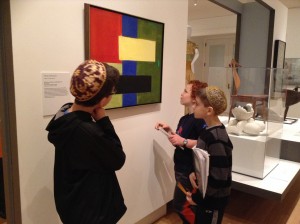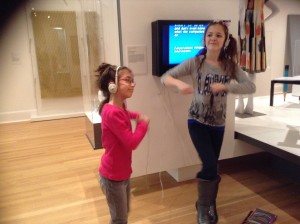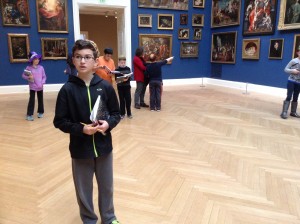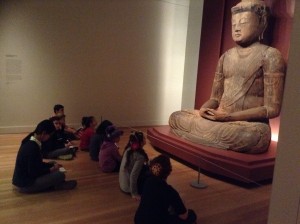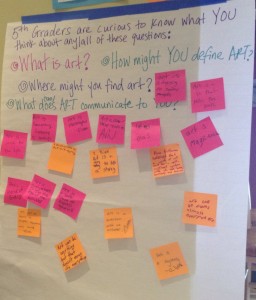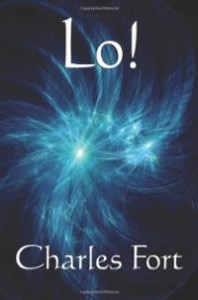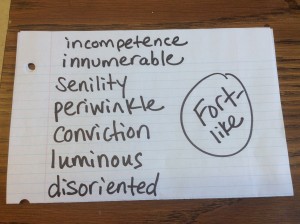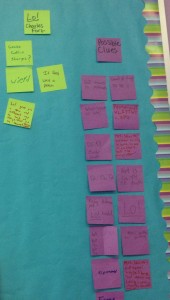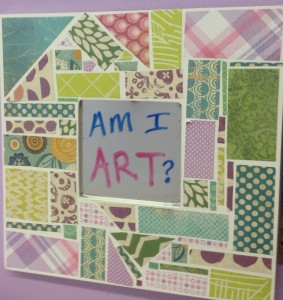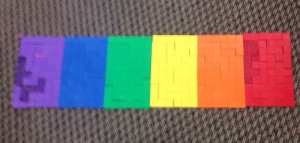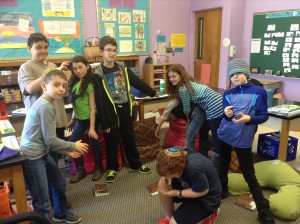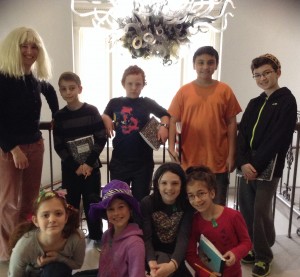By Jonah the Fifth Grader:
We the fifth graders, recently had a math workshop done by Ken, a Brown PhD Candidate. We learned about different ways to get from one to negative one. Ken showed this visually by having four of us at a time hold two ropes parallel to each other. Then we twisted the rope into a knot, and we untangled it without undoing what we did or just using our hands at the middle of the rope. The main objective was to untangle the ropes using an algorithm.
We learned all about negative reciprocals and how they work. We used fractions, negatives, and positives. I think that we all had a lot of fun doing this workshop and learned from it. We learned that when the knots are untangled the starting number is zero. When it is tangled we had to try to get back to zero. Twisting the ropes once increases the number by one, and rotating the ropes changes the number to its negative reciprocal. We learned that the algorithm we used was the only one in the world that has currently been discovered. Overall this workshop was extremely well done.
